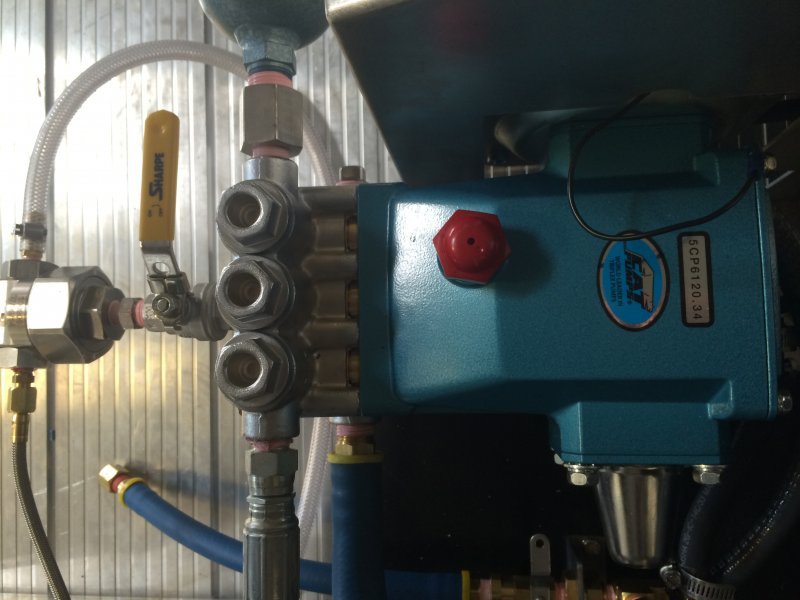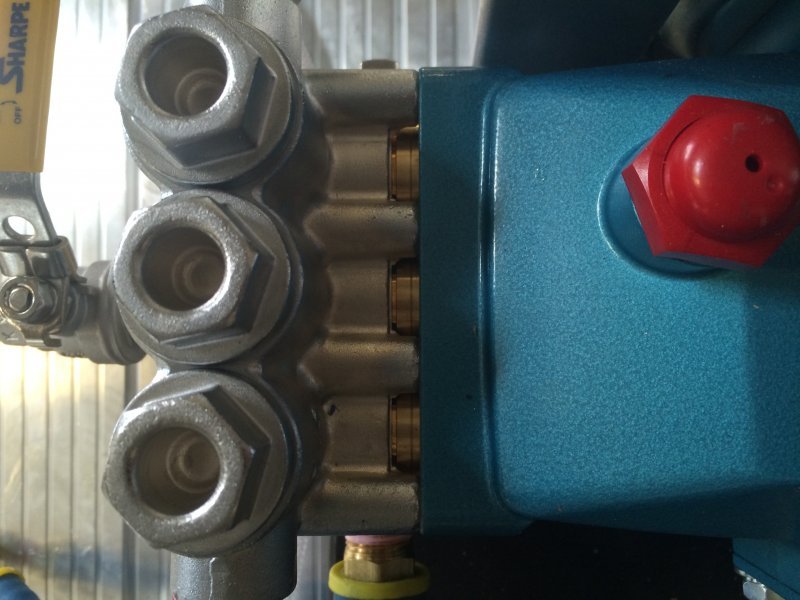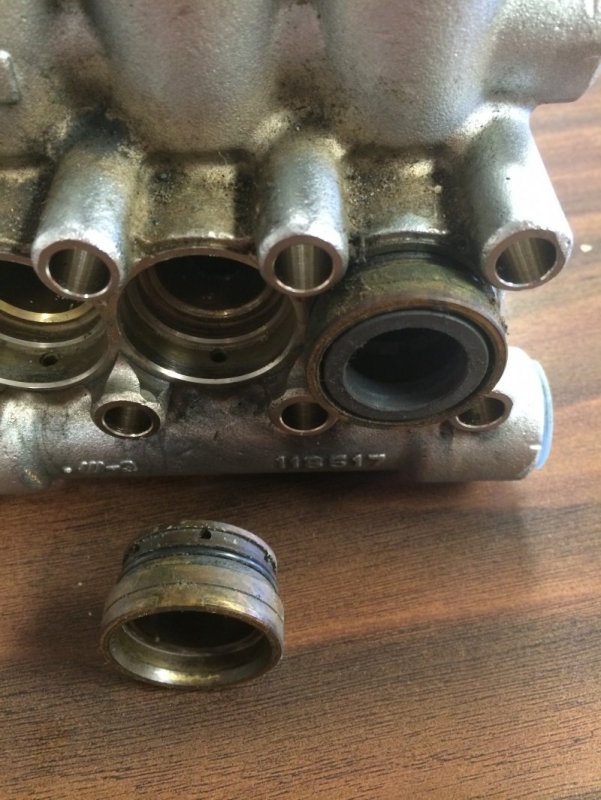Desk Jockey
Member
- Joined
- Oct 9, 2006
- Messages
- 64,833
- Name
- Rico Suave
Looks oxidized, strong acids or salts???



Or...
The AT is not Last Step injection like I thought and this is the result of the MW 02 rinse I was using..
Do you think if I tapped a fitting for a bigger hose on the water box, and choke it down right at the pump create enough pressure? If so how much bigger would I have to go?Not exactly. My (probably incomplete) understanding is that cavitation occurs when there is rapid fluctuation in local pressure below the saturated vapor pressure of the water. Temperature is involved because the pressure where cavitation occurs (at a given pressure) goes up as temperature rises. So, increasing the inlet pressure and/or reducing the liquid temperature can cure cavitation.
When the piston draws in liquid through the inlet plumbing and past the inlet valve there is always some pressure drop. Poor plumbing (tubing too small, restrictive fittings) make the situation worse. The water level above the pump inlet makes a difference as well. The higher the level - the more pressure (head, as the pump guys say) is exerted at the inlet, helping the situation. Make the pump draw water uphill (water box below pump) creates low pressure (vacuum) making the situation worse.
You can create cavitation at any temperature (with enough inlet restriction and/or low enough inlet pressure) but high temperature makes matters worse (much worse, as you approch boiling).
